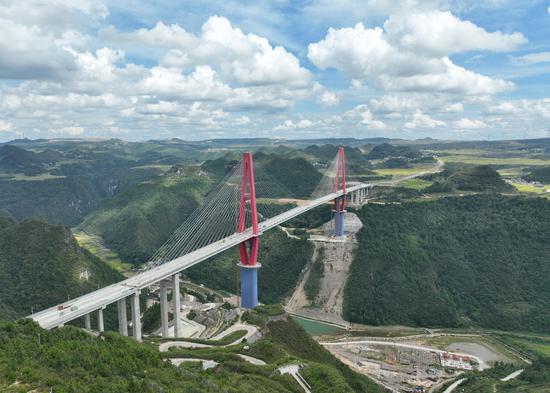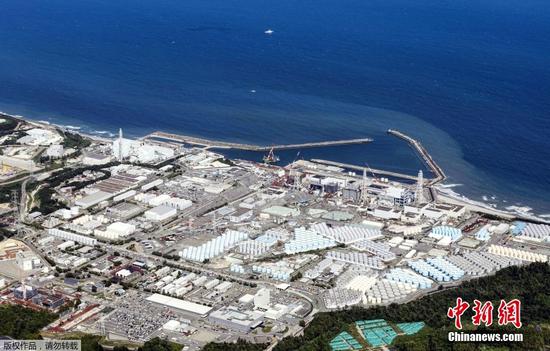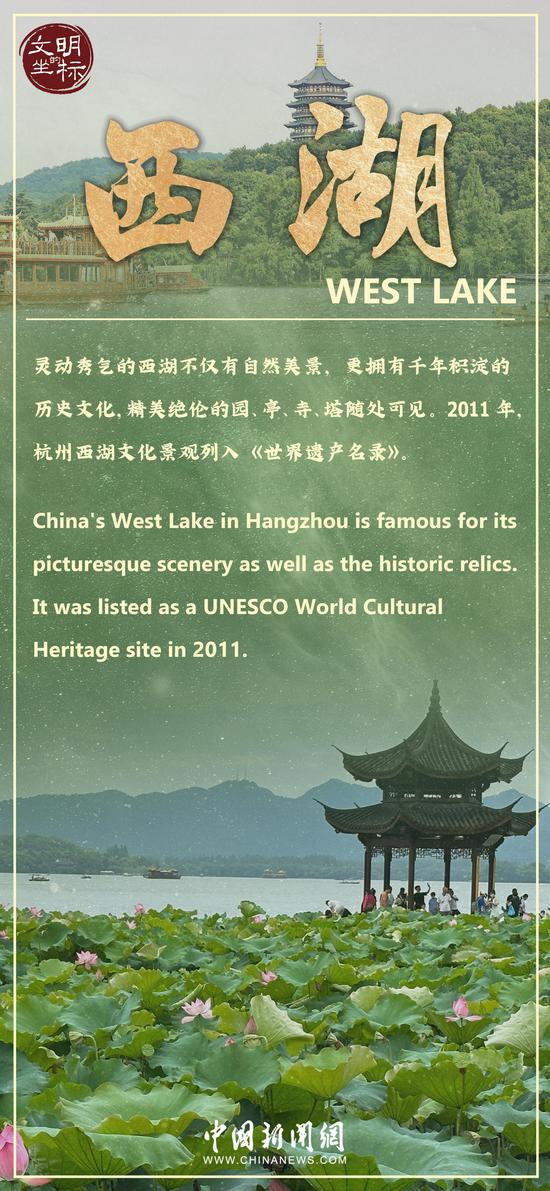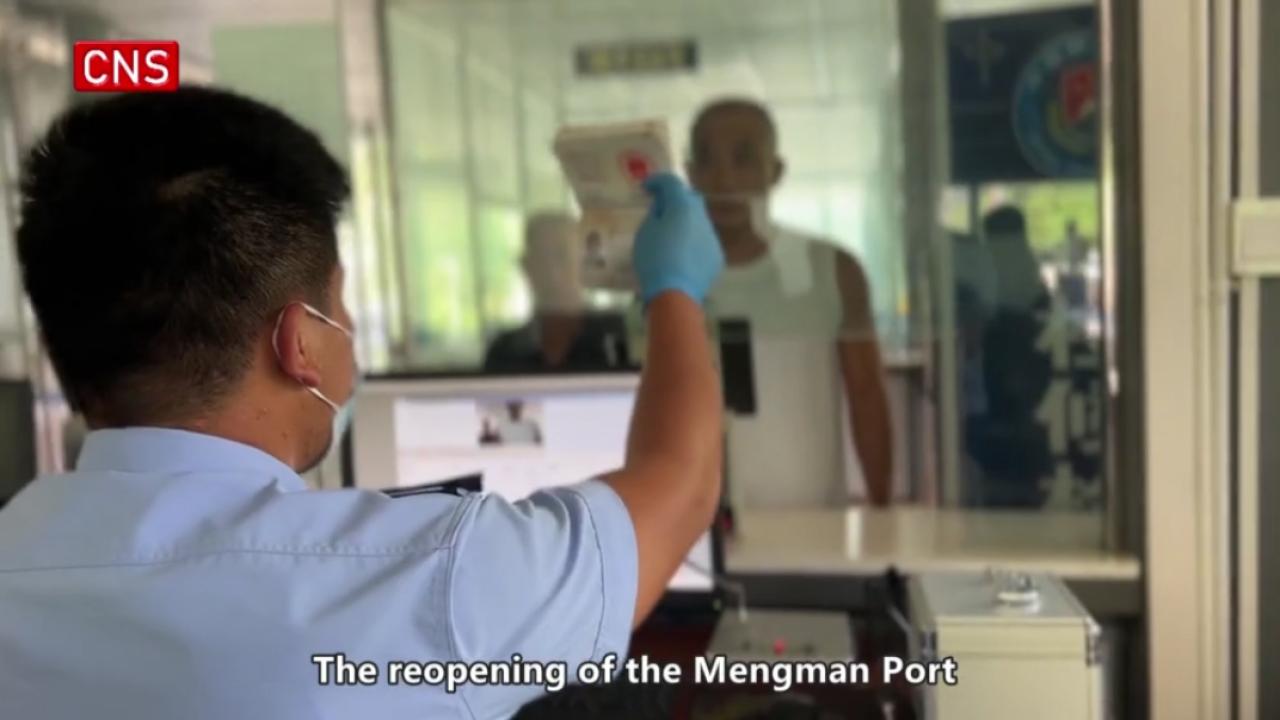A water system dating back more than 3,600 years to the early Shang Dynasty (1600BC-1046BC) has been discovered in Zhengzhou, the capital of Central China's Henan Province, filling in a significant gap in the understanding of the city's layout during the period.
"The newly discovered water system connects a network of ditches that once flowed through the heart of the ancient city," Ma Yupeng, the director of the Zhengzhou Shang Dynasty Ruins Museum, told Global Times on Thursday.
This discovery, which has been hailed as the largest water system from the early Shang Dynasty era ever found, consists of three sections of ditches, which were found in the ruins of a Shang Dynasty city in Zhengzhou.
One of these sections was constructed upon a natural riverbed, while the other two were entirely man-made. These unearthed ditches stretch for about 540 meters, with a maximum width of about 12 meters and a depth of about four meters at their deepest point. Besides this, remnants of workshops for copper casting and crafting bone objects were also uncovered.
Yang Wensheng, vice director of the Henan Provincial Institute of Cultural Heritage and Archaeology, said that "Based on our study of spatial positions and cultural relics recovered from the ditches, we believe that they were interconnected and belonged to a large water system, which demonstrated the grandeur of a Shang capital."
The site, covering an area of about 25 square kilometers, is widely believed to have been the capital established by Emperor Tang, the first emperor of the Shang Dynasty, and played a pivotal role in the development of the Shang civilization, which was centered around the Yellow River basin.
Archaeologists also found man-made open channels and stone facilities designed for water diversion in one of the ditches, which indicates that the ancient city had a well-designed water system.
Additionally, the connection from the ditches to ponds and gardens in the northern part of the city indicates that the water system served not only the city's production and life but also contributed to the city's aesthetics and landscaping.
"The discovery of this water system enhances our understanding of the layout of the ancient city and is of great significance for in-depth study of city planning and functional zone division in the early Shang Dynasty capital," said Yang Shugang of the Henan Provincial Institute of Cultural Heritage and Archaeology.
According to the report, the upcoming research will delve deeper into various aspects of this water system, including its origins, period of use, timeline of abandonment, methods employed for dredging and construction, and the intricate relationship between the city's man-made water network and the natural water systems beyond the city.
"We will also focus on the preservation and exhibition of selected water system remains, especially stone-built water diversion structures at their original locations," Yang Wensheng added.


















































 京公网安备 11010202009201号
京公网安备 11010202009201号